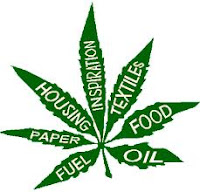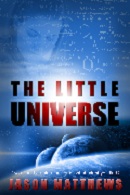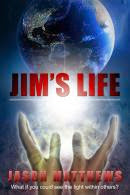 When Californians enter booths this November, many will vote to legalize small amounts of marijuana, both hippies and the fiscally conscious. If Prop 19 passes, allowing personal marijuana (up to one ounce) to be cultivated and used by those over 21, then a slew of questions will arise: most notably if the federal government will do much about it.
When Californians enter booths this November, many will vote to legalize small amounts of marijuana, both hippies and the fiscally conscious. If Prop 19 passes, allowing personal marijuana (up to one ounce) to be cultivated and used by those over 21, then a slew of questions will arise: most notably if the federal government will do much about it.There's another question flying under the radar: when to vote on legalizing hemp? In effect, Prop 19 would legalize hemp in amounts up to an ounce. The problem is that you can't do much with an ounce of hemp. Maybe make a pair of earrings or some lip balm.
Hemp is a cousin of marijuana; both are strains of the plant, Cannabis Sativa L. Like Shepherds and Chihuahuas, they're selectively cultivated for different needs. Marijuana comes from the flowering tops of strains potent in THC while hemp, or industrial hemp, is grown for its seeds, oil, food and fiber. It's not for getting high but hemp has thousands of uses.
Many argue that hemp is the real reason marijuana was made illegal in the Marijuana Tax Act of 1937. Hemp was heavily grown in backyards, a cash crop that was difficult to tax by the government. "Yellow journalist," William Hearst, a newspaper mogul owning timber fields and paper mills, teamed up with Andrew Mellon, the wealthiest American and investor in DuPont Chemicals. Each stood to lose millions at the prospect of hemp producing paper, nylon and medicines.
Some interesting facts on hemp:
- It's been grown by humans for over 10,000 years, the oldest known crop for textiles. Anything made from cotton, timber, petroleum and plastics can be made by hemp. (In most cases hemp can make them better.)
- George Washington grew hemp. Jefferson drafted the Declaration of Independence on its paper.
- In WWII the Japanese cut off our supply of Manila hemp and the "Hemp for Victory" campaign was promoted in the US to support the war needs.
- Ironically, it was legal to pay taxes with hemp from 1631 until the early 1900s. Refusing to grow hemp during the 17th to 19th Centuries was against the law and even punishable by jail-time in Virginia from 1763 to 1769.
Henry Ford was such an advocate he built a car with hemp plastics that was much lighter than steel and ten times as strong. The car also ran on hemp oil. See this video and others on hemp uses.
What are your thoughts?
Home Page of author Jason Matthews.
add me to your Google Plus circles













